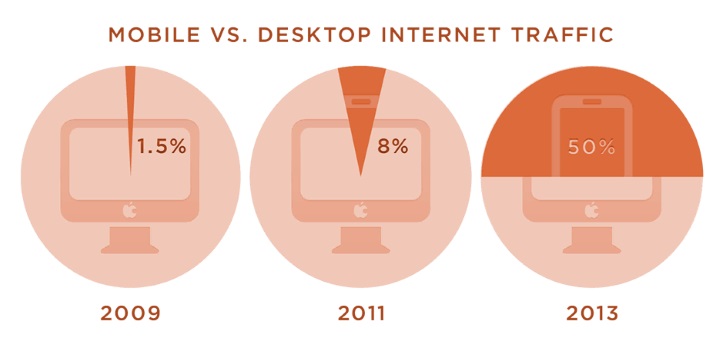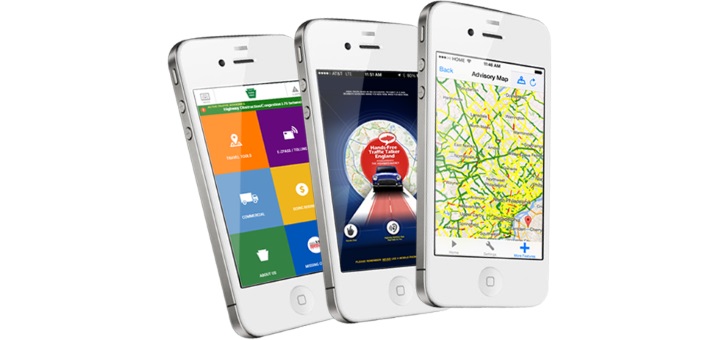Mobile Apps
Apps For Tablets & Mobile Phones
Mobile is big and it isn't going away. In 2013, mobile overtook desktop as the preferred way to access the internet. By making custom apps, your business can gain greater engagement rates, reduce visitor 'bounce', use notifications to interact with your users and build a brand loyalty.
Broadly speaking, there are 3 ways to create a mobile app, depending on its intended use.
- Native apps. Written specifically for the operating system of a target device manufacturer. In the example of Apple, we would use xcode to develop in Objective C for iOS. If a subsequent app was required for Android, it would need to be written from scratch in Java.
- Hybrid apps. These use a language which is common to multiple mobile operating systems. Examples are Phonegap, Xamarin, Titanium and Corona. They allow a native feel without writing multiple versions of the same app and so reduce the cost of development.
- Web apps. Written in html5, these are apps that scale for any device. They are by far the most flexible and cost effective, but they don't look as native to the host device as the options mentioned above - they have a generic feel to them. However if you need to reach a few users on Blackberry or Windows phone, are you going to want to develop specifically for them? HTML apps make it much easier to deploy to any device. They also suffer less from operating system upgrades and backward compatibility issues. Web apps have come a long way in the last couple of years and frameworks such as Zurb Foundation have allowed a much finer final product in terms of quality. If you want to reach all devices on a budget and be future proofed, this is the choice for you. HTML5 isn't going anywhere.




